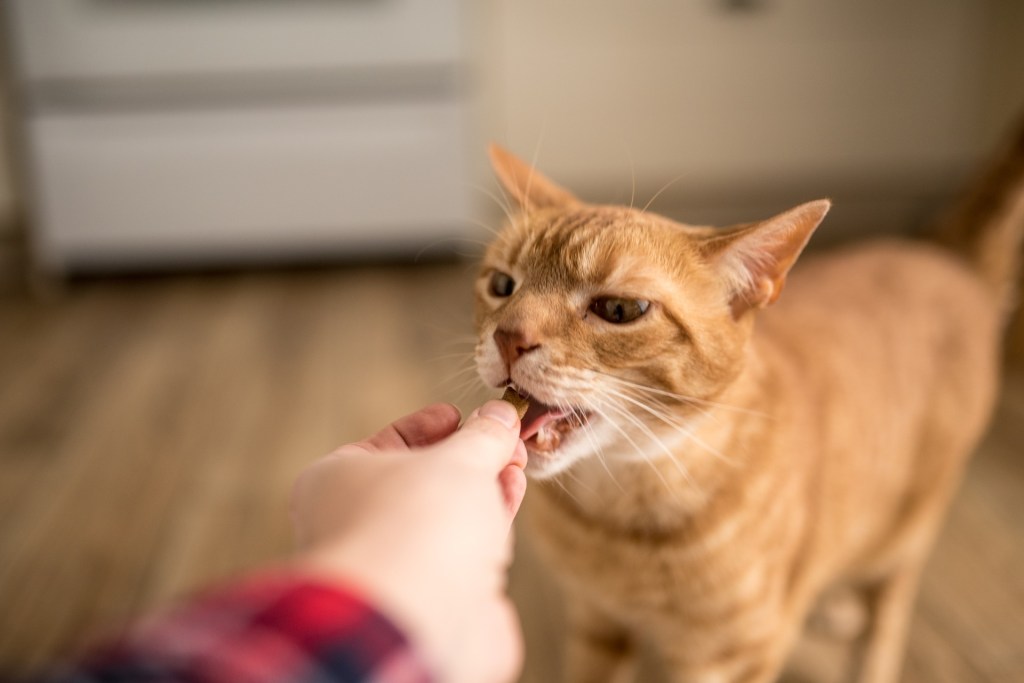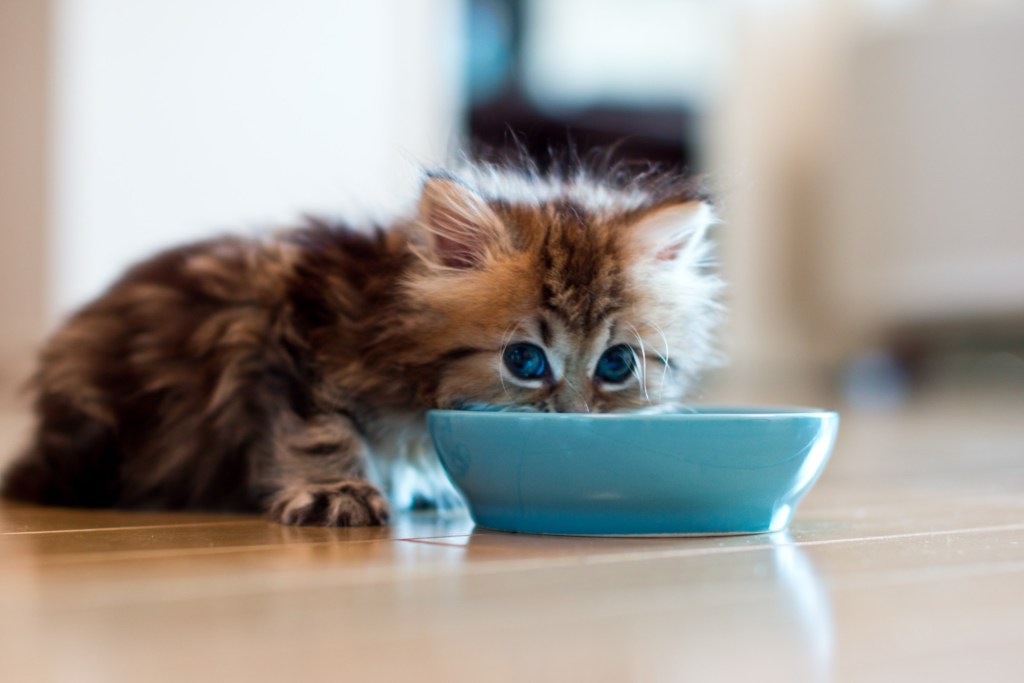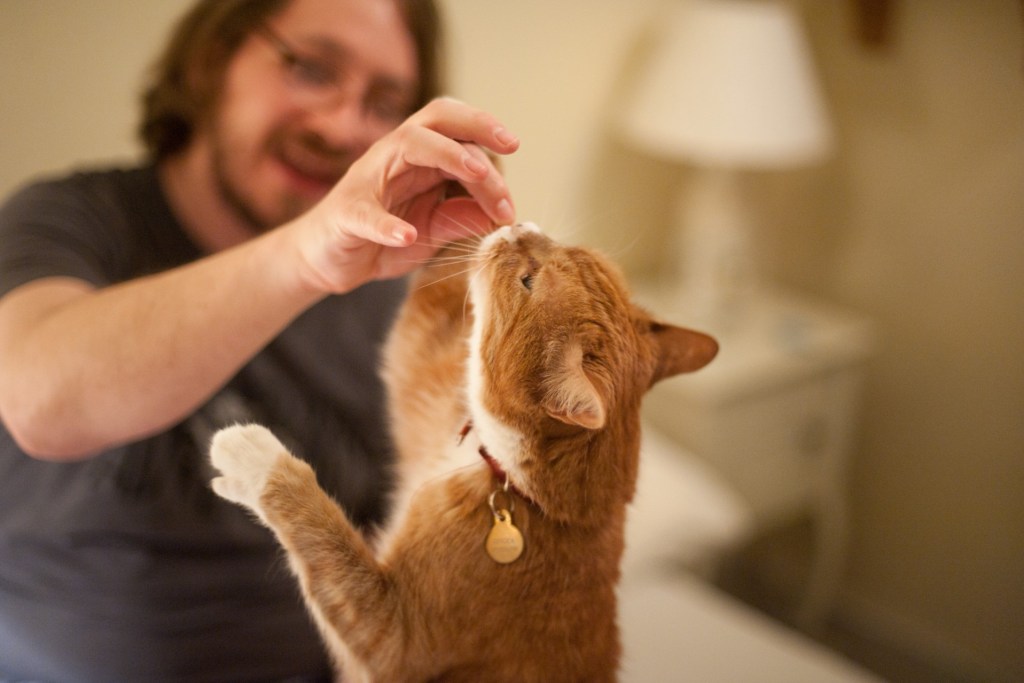Every cat owner loves and adores their furry feline friends, so they want the absolute best for them. Cat owners want to buy their cats the best toys, beds, grooming tools, and of course, treats. Sometimes, though, it can be difficult to choose from the vast array of delicious treats designed for your cat’s enjoyment. And sometimes, certain treats contain preservatives and additives that may affect your cat negatively. There are certain ingredients, textures, and sizes that you want to look out for when it comes to treating your feline companion.

Choosing the best treats for your furry friend will make them happy and give you long-lasting peace of mind that they are enjoying the best ingredients.
All good things in moderation
As with any treat, moderation is key. Cat treats can be a great way to show your best friend how much you love them. Sometimes, however, it can be difficult to resist those big, adorable eyes, and giving them only a couple can seem impossible. It is important, though, to practice restraint for both you and your cat. Treats should be a very small portion of your cat’s diet. They are called treats for a reason and should be a “treat” given out of the normal feeding. Treats typically don’t add much more other than calories to your cat’s diet. If your cat is overweight, it is especially important to monitor diet and give very few treats. Regardless of your cat’s weight or feeding schedule, treats should remain a fun, infrequent part of their day.
Check out the labels

Sometimes, looking at the labels on your cat’s favorite treats can seem like a puzzle. It is important to look at ingredients and serving sizes depending on your cat’s weight. You should only give your cat treats that have clear nutrition and ingredient labels. It is important to skip treats that include sugars, artificial colors, or carbohydrates. Look for treats that promote their ingredients. Cat-treat brands that encourage and promote the inspection of their ingredients are typically providing a good product. Search for treats that are made of high-quality ingredients that your cat will love like chicken, liver, beef, salmon, or other natural ingredients.
Look out for toxic treats
You may think giving your cat pure, natural foods, or “human foods,” are the safest and best options to ensure a healthy treat. It can be a great way to provide your cat with the best products, but only if they aren’t toxic to your cat. Some foods that are toxic to your cat are raisins, grapes, onions, chocolate, eggs, or mushrooms. It is important to research any snacks before treating your feline friend. There are many great, natural options that you can give to your cat to like pumpkin, cheese, apples, blueberries, and more. Regardless of what delectable snacks you want to give to your cat, it is always important to do your research to ensure it is safe to ingest.
Make your own
Making special treats for your best, furry friend can be the greatest way to show them how much you love them. Thanks to the internet, there are thousands of recipes available to you. You can buy organic fish or other meat to create delicious, healthy, and organic treats that your cat will love. Incorporating fish like salmon or tuna into baked oatmeal treats is a great way to ensure you know all of the ingredients that go into each treat. This way, you can easily calculate calories that will help with maintaining or decreasing your cat’s weight.

Regardless of whether you choose to buy or make treats for your cat, it is important to always know every ingredient that goes into them. Your cat depends on you for love, nurturing, and food. You depend on your cat for a loving, furry companion to enjoy for years to come. Help ensure that your cat lives a long, healthy lifestyle with the best treats available to them. You can make extremely nutritious, organic treats from organic meats or healthy, filling oatmeal treats from delicious oats. Either way, you will see the immense difference in energy levels, coat health, and overall happiness when you provide your feisty feline with the best ingredients that they desire.


